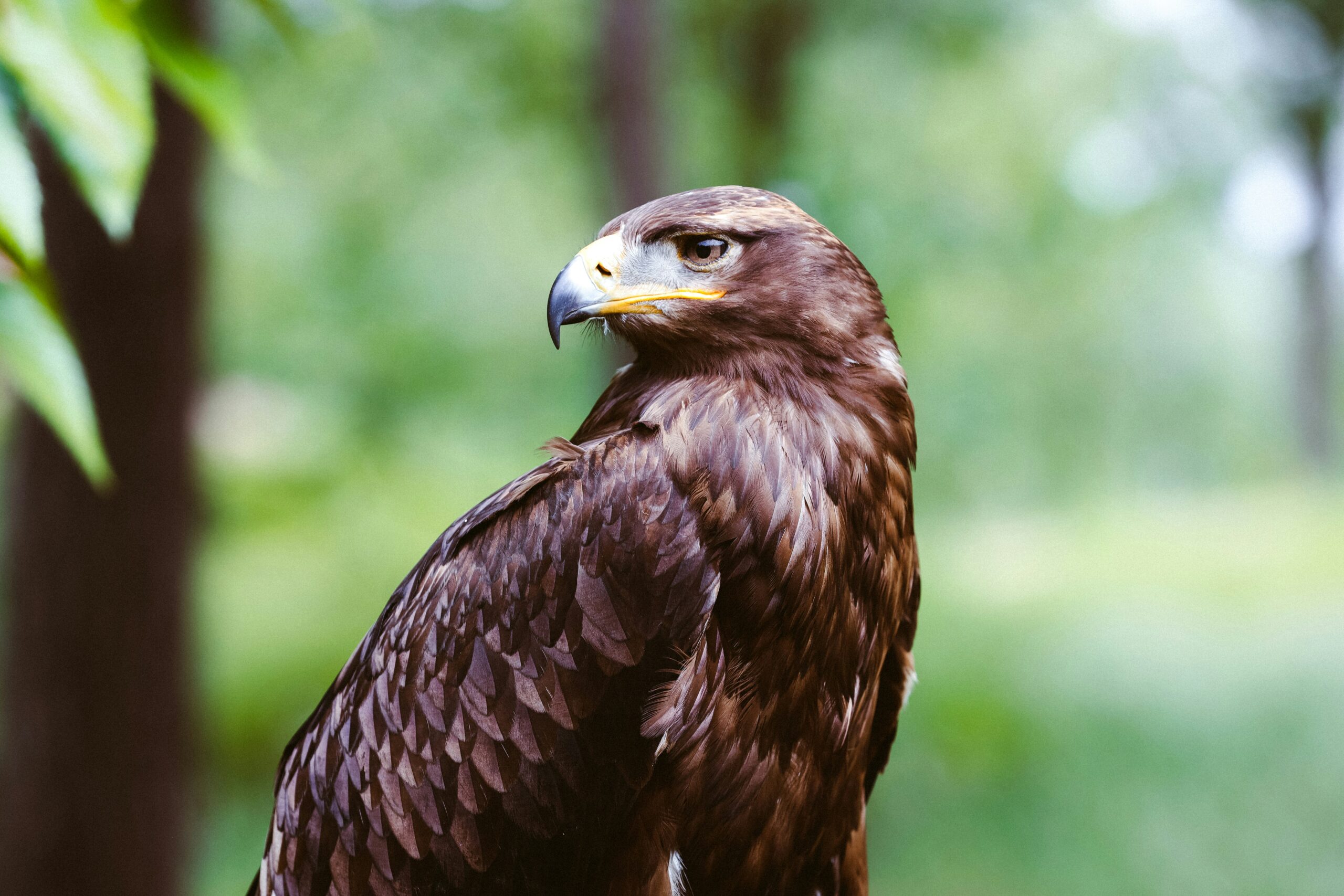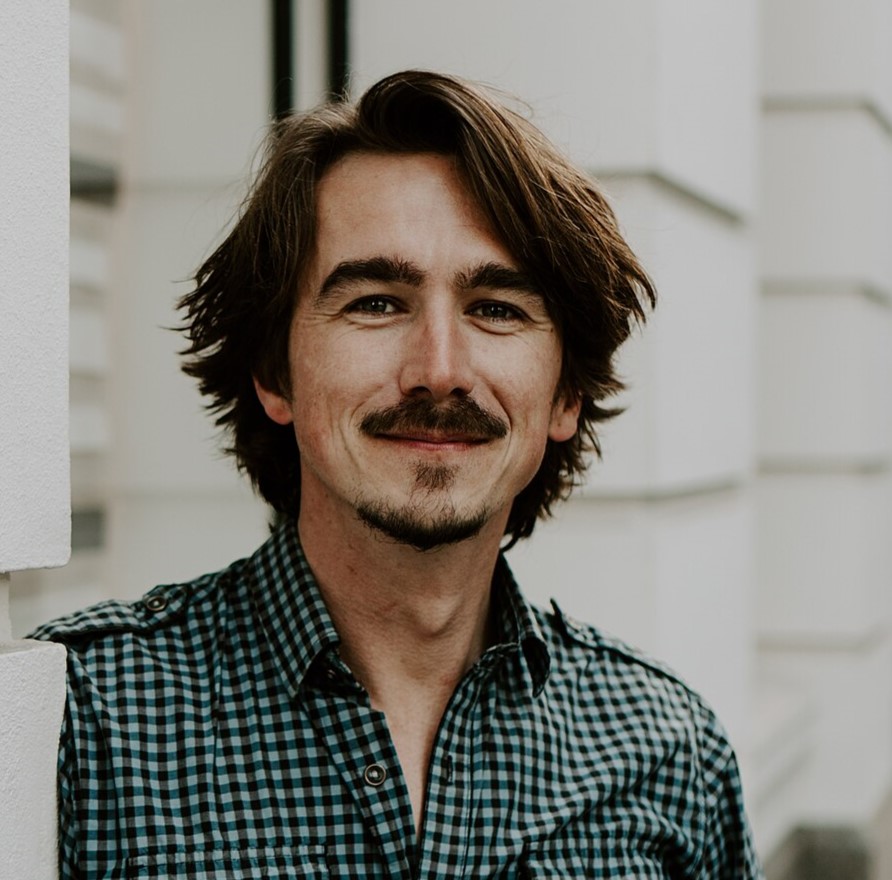Featured in

IF YOU GREW up in the ’90s, then you probably remember Animorphs. Even if you never read the books, you’ll remember the covers – those perpetually meme-able nightmare-fuelling images of teenagers turning into dogs, cats, lions, bears, whales and occasionally aliens. If you read a couple of the books themselves or watched the Nickelodeon TV show, then you might have some vague memories of cool but simple stories about teenagers transforming into animals to fight evil aliens. If you read most or all of them, then I’d be willing to bet Animorphs seared itself permanently into the fabric of your being, that the name Tobias makes your heart seize up, and that the words ‘you mattered’ threaten to reduce you to tears. For devotees, the mere memory of what happened to the Hork-Bajir incites a gnawing sadness, compounded by the fact that the series’ ending remains an infuriating ellipsis, which was, in hindsight, the only way it could wrap up.
Animorphs has been out of print for twenty years, yet its cult following remains fierce. If your knowledge of Animorphs is limited to the cover art, I’m sure that’s a bemusing claim to read. However, if you did read the books, then the unlikely endurance of Animorphs is really anything but.
For the uninitiated – Animorphs was released at the peak of Scholastic’s domination of ’90s childrens’ literature. The most popular books for young readers at the time were cheaply produced (often ghostwritten) monthly paperbacks like Goosebumps or The Baby-Sitters Club. With bindings that would fall apart after a single read and plenty of filler plots that negated the need to read each edition, these slim paperbacks were designed to be disposable.
Created by husband-and-wife team Katherine Applegate and Michael Grant, Animorphs featured every retroactively charming bug that characterised the Scholastic era. The sixty-two-book run was wildly inconsistent. The onomatopoeia was off the charts. The ’90s pop-culture references have a strong ‘how do you do, fellow kids’ quality to them. Many of the books tell essentially the same story over and over. And yet they rank as some of the most uncompromising, bleak, challenging and thoughtful works of children’s literature ever written, not in spite of their flawed and dated format but because of it.
THE PREMISE IS basic enough. Five teenagers – Jake, Rachel, Cassie, Marco and Tobias – take a shortcut home from the mall one night through an abandoned construction site where they witness the crash of an alien spaceship. The dying pilot, a blue centaur-like ‘Andalite’ named Elfangor, tells them that Earth is in the midst of a silent invasion. Parasitic slugs called Yeerks crawl into the ears of their hosts, taking over their lives and working to further their domination of the planet. Anyone in the kids’ orbit – friends, family, teachers – could be under the Yeerks’ control. The only weapon Elfangor can give them before he dies is the ability to transform into any animal they touch for a maximum of two hours – any longer, and they’re stuck in that animal form for good. And so, without knowing who their enemies are and with only a somewhat impractical way to fight them, these five kids begin a campaign of guerilla warfare against their invaders, always waiting and hoping for the Andalite army to come and fix things.
So far, so stock-standard: your typical middle-grade, wish-fulfilling sci-fi adventure. Scholastic launched the series and quickly had a predictable hit on their hands. But as co-author Michael Grant would later claim, the ongoing clockwork success of the series meant that its publishers stopped paying attention to what, exactly, was in those pages. This allowed Applegate and Grant’s real ambitions to take flight.
There are so many plot lines that would have horrified any parent who bothered to look at what their kids were reading. Take Tobias – a misfit who, in the first book, stays in the body of a red-tailed hawk past the two-hour limit. Initially, Tobias struggles: while his friends live normal lives, he has to nest in a forest where he hunts mice and voles to survive. In the third book, he attempts suicide. Later, he refuses the opportunity to turn back into a human because he realises he’s happier as a bird. His friends, including his love interest, Rachel, can’t understand. It’s weird and uncomfortable. But Tobias never apologises for it.
Speaking of Rachel, she’s introduced as a pretty, popular girl whose primary interests are gymnastics and shopping. But as the guerilla war with the Yeerks picks up, it gradually becomes clear that Rachel is the deadliest of all the Animorphs because – unlike the others – she likes the fight. Too much. Rachel becomes the one the team turns to when something really messed up needs to be done, a position she resents and understands in equal measure. In the penultimate book, Rachel sacrifices herself by signing up for a suicide mission because she knows she will never cope in peacetime.
The list of disturbing character arcs and choices goes on: perpetual joker Marco pushes his Yeerk-infested mother off a cliff because death is better than slavery, while team leader Jake recruits a group of students with physical disabilities to bolster the Animorphs’ ranks, reasoning that the Yeerks won’t want them and that they will be as dangerous as anyone else in their animal forms. Jake then uses the ‘Auxiliary Animorphs’ as cannon fodder to distract the Yeerks while the original Animorphs win the war by committing genocide.
LEST YOU THINK all this darkness was accidental, Animorphs pays huge attention to the deteriorating mental state and morality of its protagonists. The final book, mostly set after the war, reveals that Rachel was not the only one who couldn’t deal with peacetime. With the exception of the pacifistic Cassie, none of them can. The series famously ends with the rest of the survivors signing up for another suicide mission because, as traumatised child soldiers, war is all they understand now. Their ultimate fates are never revealed.
So, how did Animorphs – a cheap, mass-produced diversion created to fill out Scholastic Book Fairs – get away with all this? Precisely because it was a cheap, mass-produced diversion created to fill out Scholastic Book Fairs. With so many books released so quickly, editorial oversight was always going to be limited, which meant the room to experiment was vast. Applegate and Grant pushed boundaries, challenged readers and never shied away from the ugly realities of war and what it can do to its participants. When the finale to the series prompted outrage, Applegate responded in an unapologetic letter to fans:
So, you don’t like the way our little fictional war came out? You don’t like Rachel dead and Tobias shattered and Jake guilt-ridden? You don’t like that one war simply led to another? Fine. Pretty soon you’ll all be of voting age, and of draft age. So when someone proposes a war, remember that even the most necessary wars, even the rare wars where the lines of good and evil are clear and clean, end with a lot of people dead, a lot of people [with disabilities], and a lot of orphans, widows and grieving parents.
That Animorphs deserves a resurgence is hardly a rare proposition. But how to convince anyone who was not a child in the ’90s that sixty-two out-of-print kids’ books are worth their time? It appears to be a question Scholastic itself has struggled with. Goosebumps, given its anthology format, has always been more amenable to curation and reprints. Animorphs, however, is a saga. Not every book is important, but many of them are. And, besides, who gets to decide which are worthwhile and which are not?
Nevertheless, a full reprint of the series is just not practical. In 2011, Scholastic tried, with new covers and updated references. It lasted eight books. Over the past few years, artist Chris Grine has released faithful graphic novel adaptations of the books through Scholastic. That endeavour survived six instalments and always seemed doomed to failure. Animorphs in its heyday worked because a new, affordable book came out monthly. Annually published, full-priced, full-colour graphic novel adaptations never looked likely to wander a realistic pathway to completion, at least in any form that didn’t heavily rework and condense the series.
ANIMORPHS IS STILL available to anyone who wants to check it out. The physical books might be difficult to track down in their entirety, but the audiobooks and e-books are easy enough to access. Still, it’s hard to imagine noughties kids rediscovering the series through those mediums, and harder still to imagine any uninitiated adult giving it the time of day.
What makes Animorphs unique, then, is also its biggest tragedy. By its very design, the series can’t be repackaged for a new generation without losing so much of what made it work to begin with – which leaves it forever the domain of the millennials who grew up with it, who were young enough to look past the cheesy covers and the dreadful Nickelodeon TV adaptation but not yet old enough to realise how uncompromising the books actually were.
In a 2019 essay for The Paris Review, James Frankie Thomas lamented that ‘to be an Animorphs fan today is to witness for a cult religion that will never gain another convert’. There’s a sad truth to that. But also something a little bit special. Because while other children’s classics like The Chronicles of Narnia or Harry Potter or The Hunger Games are passed down from generation to generation, Animorphs, the boldest of them all, remains uniquely and entirely ours.
Image courtesy of Bruno van der Kraan via Unsplash
Share article
About the author

Gabriel Bergmoser
Gabriel Bergmoser is an award-winning Melbourne-based author and playwright. He won the prestigious Sir Peter Ustinov Television Scriptwriting Award in 2015 and was nominated...